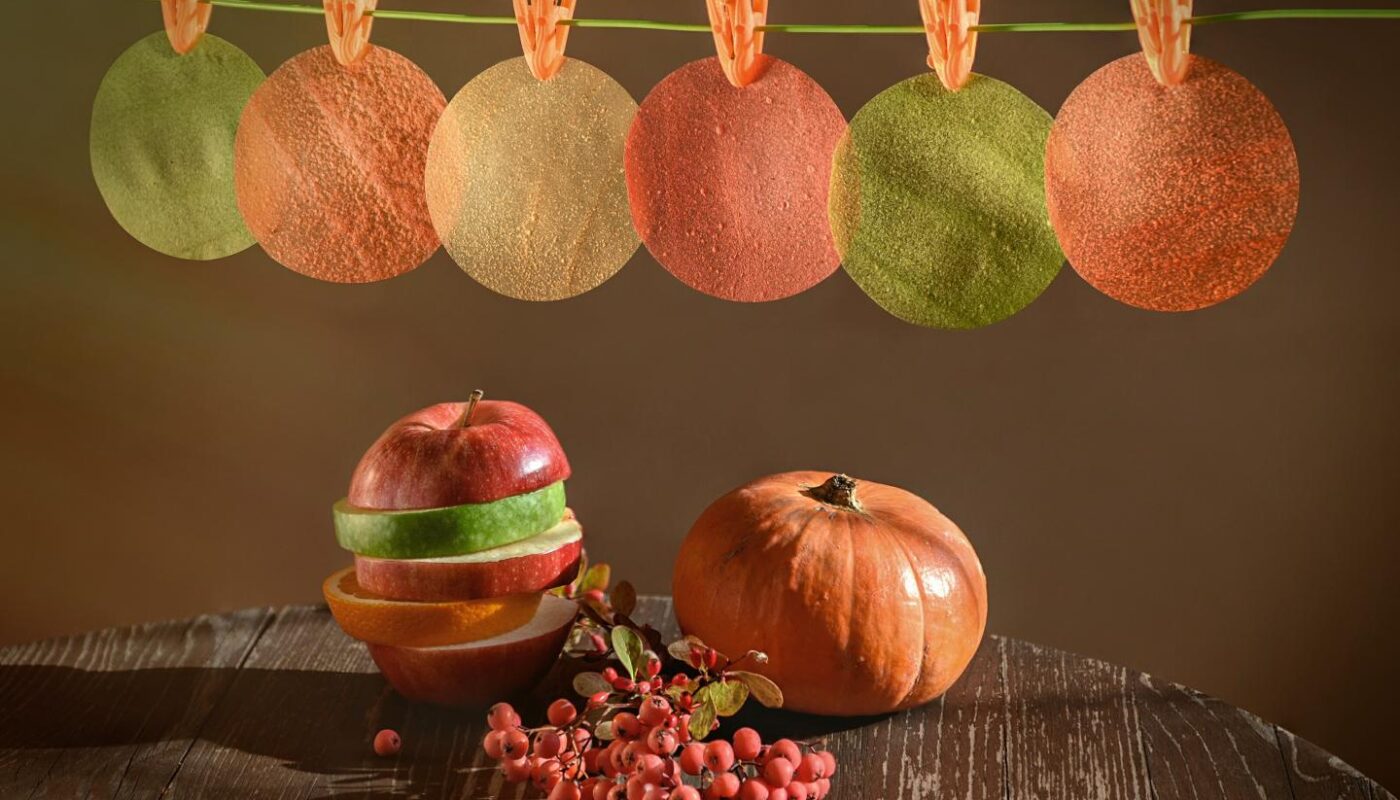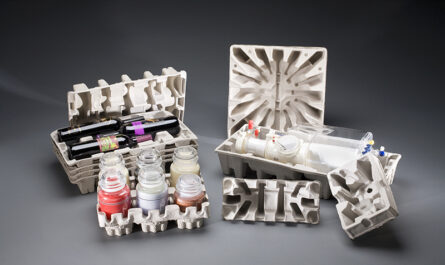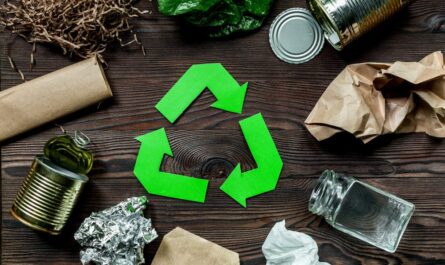Edible packaging involves the use of edible and biodegradable materials for packaging food products. Common materials used include seaweed, alginates, whey protein, and pectin. Edible packaging acts as an alternative to plastic packaging and provides benefits such as freshness retention, protection from external contaminants, and reduced waste generation. Edible coatings and films are widely applied to fruits, meat, confectionery, and bakery products.
The Edible Packaging Market is estimated to be valued at US$ 1067.15 Mn in 2023 and is expected to exhibit a CAGR of 6.2% over the forecast period 2023 to 2030, as highlighted in a new report published by Coherent Market Insights.
Market Dynamics:
Growing awareness regarding environmental sustainability and adoption of eco-friendly alternatives are driving the growth of the edible packaging market. Plastic packaging causes immense environmental pollution and its disposal is a huge problem globally. Edible packaging helps address this issue as it eliminates the need for disposal and can be directly consumed along with the packaged food item. Moreover, edible packaging improves product shelf life by regulating gas exchange and moisture levels, thereby maintaining freshness for a longer duration. This has increased its uptake across various food verticals. Additionally, advancements in material science have led to the development of more versatile and cost-effective edible films and coatings. This is expected to present lucrative opportunities for market players over the forecast period.
Segment Analysis
The edible packaging market is dominated by the film and sheet segment owing to its wide applications in various end-use industries. The film and sheet form of edible packaging can be easily molded into pouches, wraps, liner, and bags thereby finding extensive usage in food and beverage packaging applications. Edible films and sheets have higher tensile strength and barrier properties compared to other forms.
PEST Analysis
Political: Regulations regarding usage of sustainable and biodegradable materials for packaging are encouraging increased adoption of edible packaging.
Economic: Rising disposable incomes are driving demand for convenient packaging formats for food products supporting market growth.
Social: Growing preference for environment-friendly and eco-friendly products among consumers is fueling demand for edible packaging solutions.
Technological: Advances in film casting and moisture barrier technologies have improved efficacy of edible films and sheets in retaining food product quality and extended shelf-life.
Key Takeaways
The Global Edible Packaging Market Size is expected to witness high growth, exhibiting CAGR of 6.2% over the forecast period, due to increasing consumer awareness about eco-friendly solutions and stringent regulations regarding usage of plastics.
The Asia Pacific region is expected to dominate the edible packaging market owing to rising food production and rapid economic growth in major countries like China and India. Additionally, growing middle-class population and their rising disposable incomes are fueling market growth in the region.
Key players operating in the edible packaging market are MonoSol, Kuraray Co. Ltd., JRF Technology, WikiFoods Inc., Safetraces Inc., and Tate and Lyle Plc.New Zealand Manuka Group, Hispanagar, Acroyali Holdings Qingdao Co., Ltd., Industrias Roko, S.A., Neogen, Merck Group, Agarindo Bogatama, Setexam, and Norevo GmbH. Strategic partnerships and new product innovations are among the key strategies adopted by these players to gain competitive advantage.
*Note:
1. Source: Coherent Market Insights, Public sources, Desk research
2. We have leveraged AI tools to mine information and compile it




